New Zealand has established itself as a global leader in outdoor adventure sports, offering world-class activities such as bungee jumping, white-water rafting, and alpine trekking. The country's rigorous safety and health management systems ensure that both participants and operators maintain high standards of risk mitigation and emergency preparedness. This framework combines government regulation, industry best practices, and environmental stewardship to create a balanced approach to adventure tourism.
Regulatory Framework
New Zealand's adventure sports industry operates under comprehensive safety legislation, including the Health and Safety at Work Act and adventure activity regulations. Operators must comply with strict certification requirements, regular audits, and safety management plans. The government collaborates with industry bodies to enforce standards while allowing flexibility for innovation in safety practices.
Risk Assessment and Mitigation
A core principle of New Zealand's approach is proactive risk management. Operators conduct detailed hazard analyses for each activity, accounting for environmental factors, equipment reliability, and participant capability. Safety protocols emphasize redundancy in critical systems, such as backup equipment and emergency communication devices. Weather monitoring and terrain assessments play a crucial role in real-time decision-making.
Training and Certification
Professional guides and instructors undergo rigorous training programs accredited by national outdoor education bodies. Certification covers technical skills, emergency medical response, and environmental awareness. Ongoing professional development ensures adherence to evolving safety standards. Participant briefings include clear communication of risks, safety procedures, and expected physical demands.
Emergency Preparedness
A well-coordinated emergency response system integrates local authorities, medical services, and adventure operators. Remote locations utilize satellite communication and GPS tracking for rapid incident response. Many operators maintain relationships with specialized rescue services, ensuring access to helicopter evacuations and wilderness medical support when needed.
Health Considerations
Safety management extends beyond physical risks to include participant health screening. Operators assess fitness requirements for strenuous activities and provide guidelines for pre-existing medical conditions. Hydration, nutrition, and altitude acclimatization protocols help prevent health complications during extended adventures.
Environmental Factors
New Zealand's variable climate and rugged terrain demand specialized safety adaptations. Operators monitor changing conditions and adjust activities accordingly. Protective equipment standards account for extreme weather potential, while route planning minimizes environmental impact and maximizes safety.
Industry Collaboration
Safety improvements emerge through shared incident data and industry-wide learning initiatives. Operators participate in safety forums to discuss near-misses and implement preventive measures. This collaborative approach fosters continuous refinement of best practices across the sector.
Technological Integration
Modern safety systems incorporate wearable devices for vital monitoring, automated emergency alerts, and advanced weather prediction tools. Digital platforms enhance real-time communication between guides, base camps, and emergency services.
Future Developments
Ongoing research focuses on predictive risk modeling using historical incident data and environmental patterns. Emerging technologies like AI-assisted hazard detection may further enhance safety protocols. Industry growth continues alongside commitments to maintaining world-leading safety standards.
New Zealand's approach to adventure sports safety demonstrates how rigorous regulation, professional training, and technological innovation can coexist with thrilling outdoor experiences. The country's model balances risk management with accessibility, setting an international benchmark for adventure tourism safety. As the industry evolves, this framework ensures that New Zealand remains both a premier adventure destination and a leader in outdoor safety practices.

By Emily Johnson/Mar 29, 2025
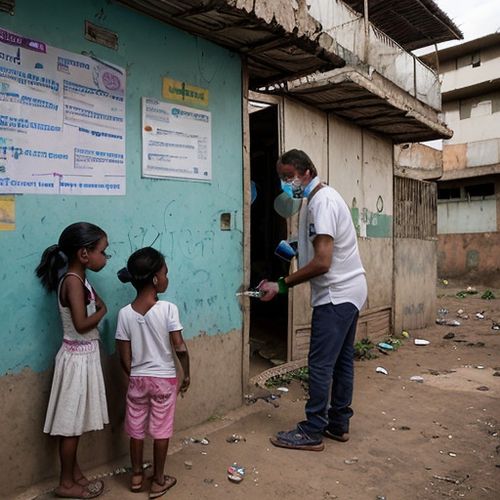
By Olivia Reed/Mar 29, 2025

By Benjamin Evans/Mar 29, 2025

By Jessica Lee/Mar 29, 2025

By Benjamin Evans/Mar 29, 2025
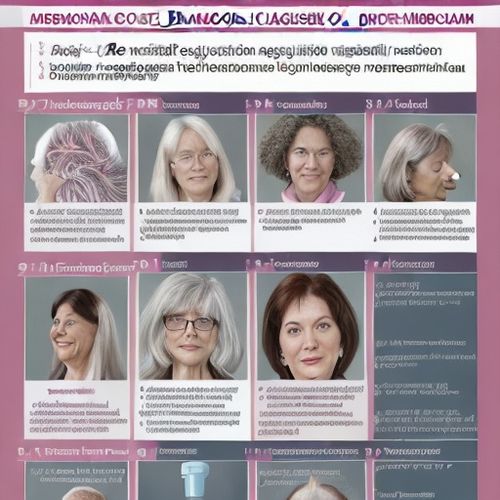
By Noah Bell/Mar 29, 2025

By Emily Johnson/Mar 29, 2025

By Grace Cox/Mar 29, 2025

By Megan Clark/Mar 29, 2025

By Sophia Lewis/Mar 29, 2025
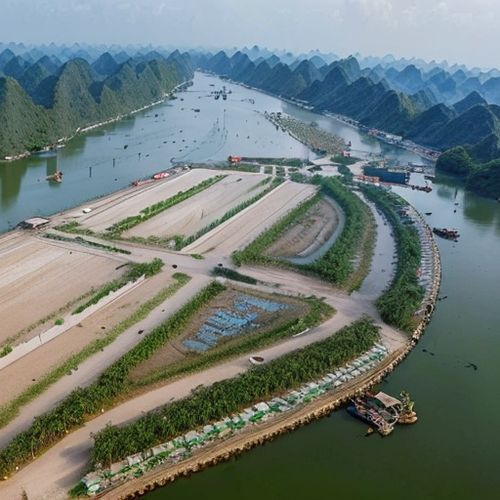
By Joshua Howard/Mar 29, 2025
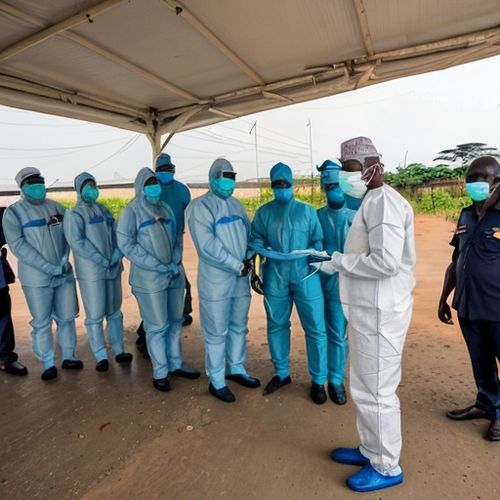
By Ryan Martin/Mar 29, 2025
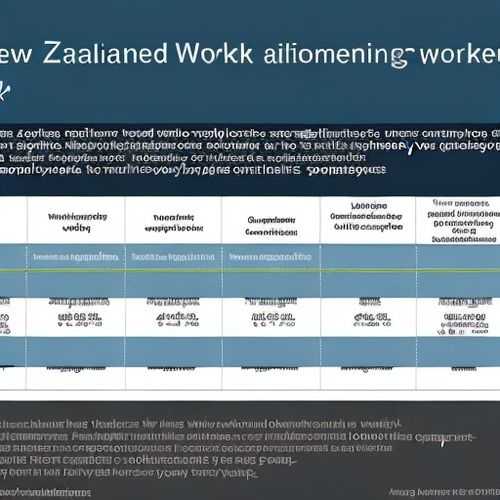
By John Smith/Mar 29, 2025

By Megan Clark/Mar 29, 2025

By George Bailey/Mar 29, 2025

By Ryan Martin/Mar 29, 2025

By Benjamin Evans/Mar 29, 2025

By Emma Thompson/Mar 29, 2025
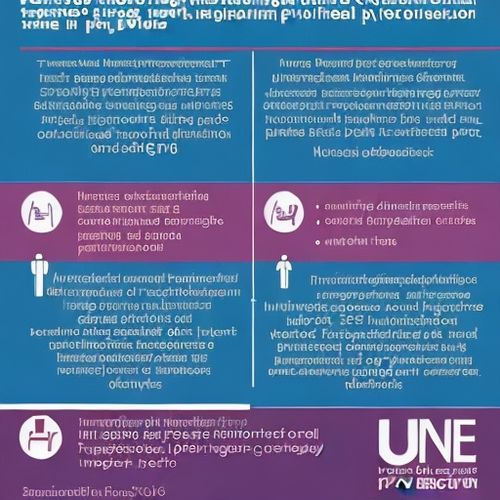
By Lily Simpson/Mar 29, 2025
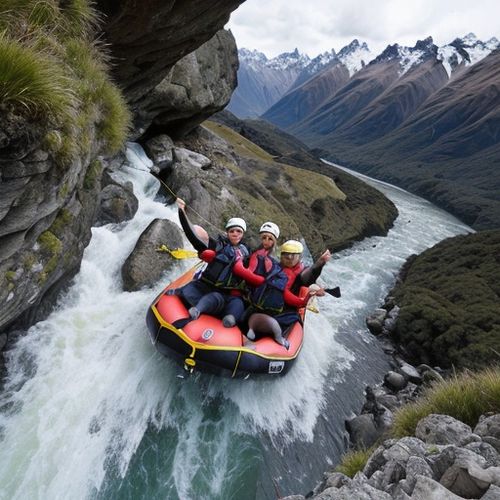
By Amanda Phillips/Mar 29, 2025